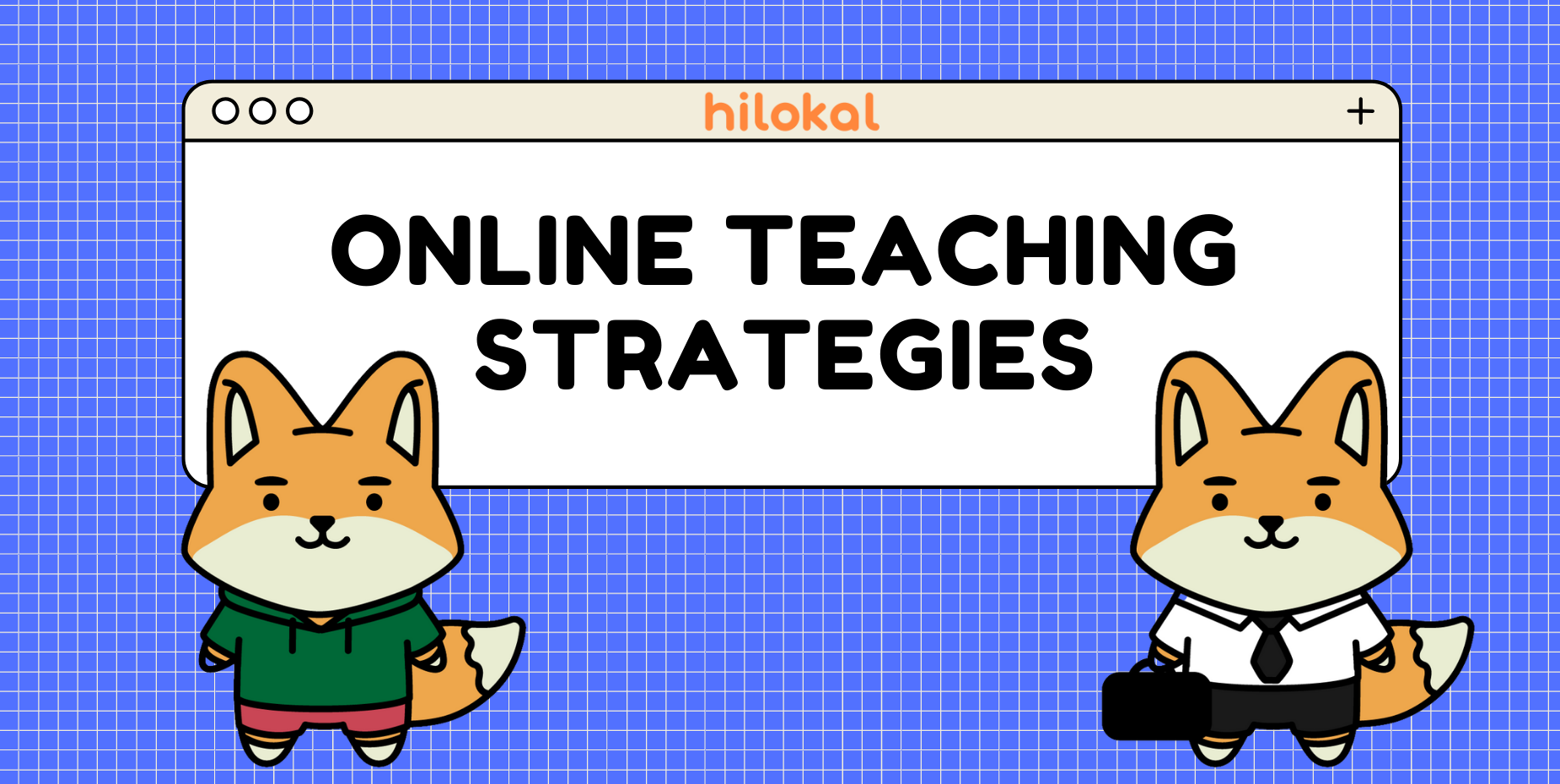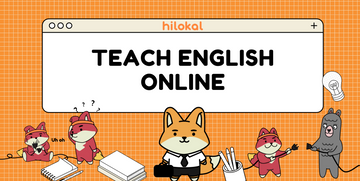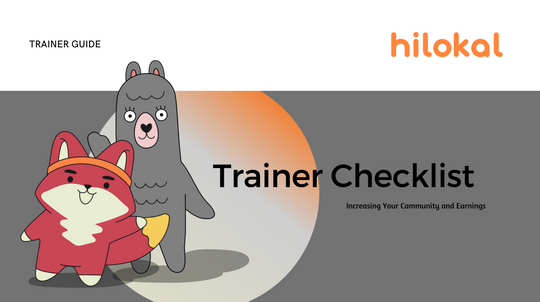Introduction
In the last few years, online teaching has grown. There has been a significant shift and increase in the number of English teachers utilising online platforms.
If you are new to this line of work, teaching online may have its challenges and a learning curve that may seem daunting. In this article we will offer strategies to aid a successful online presence and teaching experience, as well as trusted tools for teaching your students.
Welcome to the wonderful world of online English teaching!
The Good, The Bad and The Ugly
It's not all smooth sailing when starting your English teaching journey online, there is a lot to learn and navigate. What will I teach? How will I get students? What equipment do I need?
Let's take a look at the positive aspects and challenges when teaching English online.
The Good
- It's convenient - work from anywhere, anytime. You choose your hours which make it extremely flexible with your lifestyle.
- Location freedom - people can join from anywhere around the world thereby increasing your audience and student pool.
- Low set-up costs - all you need is a device such as a tablet or laptop (which most people already own ) to teach online. You will also need a good internet connection.
- No qualifications necessary - there are many companies or platforms that do not require you to have a teaching diploma or certificate to be able to teach. If you do happen to though, this will work in your favour, but it is not a necessity.
The Bad (and the Ugly... sometimes)
- Technology - as good as technology is today we can still face problems especially online. These include internet issues, audio disruptions, power outages and many more that can have us pulling our hair out. These such instances may lead to lesson postponements or cancellations.
- No shows - there will be an element of dealing with people who simply do not show up for their lesson.
- Distractions - when teaching from home there could potentially be more distractions, as well as distractions for our students.
Right, so we have an idea what we are getting into, now let's view some online teaching strategies to make your English lessons the very best they can be!
Strategies for Teaching English Online
1. Find the right technology
If you conduct your own business, separate from any language platform, then the following providers offer great functionality to teach online.
If you join a teaching platform you can check out the following recommend companies:
2. Know your teaching style
There is a diversity in teaching styles to suit every student, which is a good thing! What is yours? Here are some examples:
Coaching style
Activity style
Group style
Lecture style
Online English teaching often requires a mix of teaching styles depending on the student and work you are covering.
Take this quiz to find out what teaching style you are and then see you back here for how you can really leverage your style:
3. Choosing a curriculum and lesson preparation
It can be overwhelming deciding on what you would like to teach. There are thousands of already produced curriculums available which are excellent and offer you guidance in teaching your students. You may decide on one particular body of work or you may include many different resources to help you and in turn offer an array of benefits to your students.
- Here are a few questions to ask yourself when deciding what you will teach:
- What areas of the English language will I be teaching?
- What is the age and level of my student?
- Does the curriculum fit in with my teaching style?
- Will I be teaching one on one or in groups?
Once you able to solidify these answers, you will be able to gather the necessary material and construct lesson plans to fit within your needs and the needs of your students.
4. Class structure
Taking control of the lesson from the start is key to running a successful class. A class structure or plan is important, and can work as a guideline to managing your lessons with ease.
A lesson could look something like this:
warm-up (hello's, chit-chat)
explain what you will be doing in this lesson
do something together
student independently
homework
Even with such a structure in place remember to remain fexible and create a positive atmosphere for your student.
5. Build rapport
Building rapport is the process of developing mutual trust, respect and friendship with another person. Building rapport with your students takes teaching to another level and builds a connection with each other. It is a process and takes time. It enhances learning. Research on how the brain learns suggests the brain first connects on an emotional level; hence the importance of establishing an emotional connection with your student.
Here are some ways to build rapport:
Get to know your students
Show an interest in their interests
Give them time to talk about themselves
Show that you respect them
Have fun together
Allow open teacher/student communication
6. Identify what type of learner your students are
Not everyone learns in the same way. People absorb information differently and so it would be beneficial to identify the way your students absorb it best and aim your teaching in that direction.
Here are some learning styles:
Auditory learner
Visual learner
Verbal learner
Logical lea
Physical learner
Social learner
Solitary learner
7. Encourage student participation
Students learn best when they are actively participating in a lesson. They could be reading, repeating words after you, telling a story, or simply giving their opinion on a given topic. It's also more fun and exciting when they are engaged in the lesson and this in turn builds confidence.
8. Encouragement and correcting mistakes
Positive reinforcement goes a very long way in a students growth in a language as well as does correcting students mistakes. Be sure to offer positive feedback and reward achievements and milestones reached by the student. This could be a few words of praise or tangible rewards. Tangible rewards such as, certificates of achievement, stars, a reward chart etc. work well for younger students.
So, what's next?
It's time to start and put your best foot forward as you create an opportunity to teach English online.
Here are a few tips or actions steps to get you going:
- Do the research - take some time to decide on the right path for you and answer some of the questions we have discussed in this article.
- Have a goal - decide on when you will begin and have small achievable goals to work towards.
- Set-up - begin to get all the pieces in place from technology to curriculum.
- Trial lessons - start to advertise and offer trial lessons to get you going and tweak as you go along.
- Set up a regular teaching schedule once you are comfortable with your progress.
- Make sure to use great communication and systems to grow a successful business teaching English online.
See how Hilokal can help you get started on your online English teaching journey. There are thousands of students waiting to enter your class right now.
Have fun!









